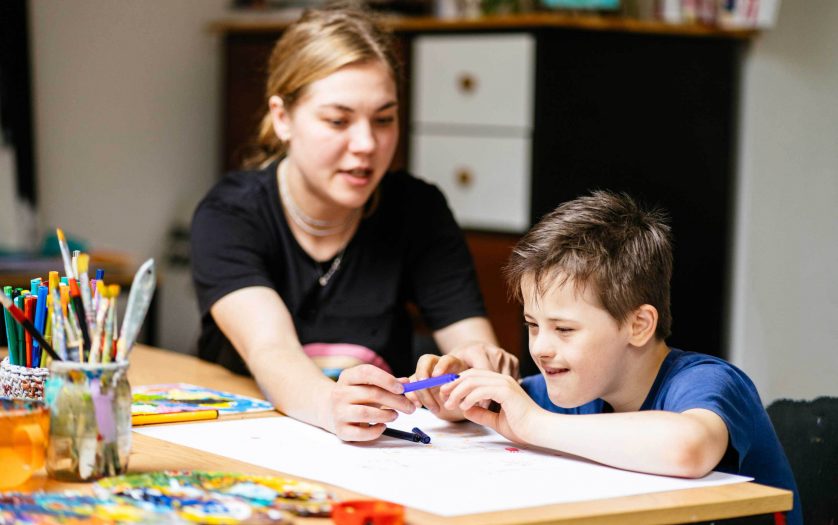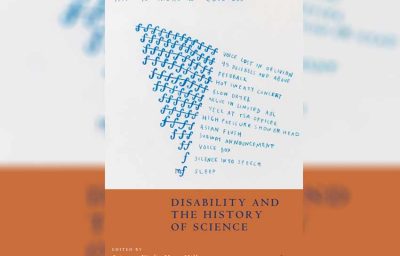
The Government is committed to designing a system that better supports our kids and young people with the highest needs, Associate Minister of Education Jan Tinetti announced today.
The Highest Needs Review was launched in April 2021 and was completed recently, with 1100 submissions received.
“Following the feedback from the review, the Government has agreed to substantial changes to ensure our learners with the highest needs have their needs met,” Jan Tinetti said.
“We invest $1.2 billion each year on learning support, yet we know the supports available for those with the highest needs have historically been fragmented and lots of our kids and young people aren’t getting the support they need, when they need it.
“To ensure that the support system is better fit for purpose a mixed model approach will be developed that creates a partnership between the student, their whānau and the early learning centre or school. This will give students and whānau greater choice and control over what support looks like and works best for them,” Jan Tinetti said.
“Better tailoring our support for learners with the highest needs is a key priority of the Government’s Learning Support Action Plan 2019-25.
The new system will include seven building blocks for change:
- A new service delivery system;
- Customised tailored supports;
- An integrated and inclusive schooling network;
- Learning supports for Māori and Pacific students and their whānau and families that are developed by Māori and Pacific people;
- A confident, capable workforce with the capacity to respond;
- A new funding model to support a tailored and flexible approach; and
- Stronger integration with other agencies.
“The building blocks are bold, medium to long-term changes that will require time to develop and implement effectively, and require significant and ongoing new investment.
The Ministry of Education to work alongside Whaikaha to design and develop the new system and report back to the Minister mid-next year.
“This is about creating lasting change. In the short-term, while the new permanent model is being designed, the Ministry of Education will streamline the existing model so it’s simpler for kids and their whānau to get the support they need.
“Teaching staff will also be supported to take up professional learning and development to further develop their skills and confidence in working with children with high needs.
“I want to thank everyone – including parents, teachers, disability groups and other organisations including the Advisory Group – who fed into the review process. This feedback has been essential,” Jan Tinetti said.
To read the Highest Needs Review stakeholder voice report, developed by NZCER: link https://www.education.govt.nz/highest-needs-change-programme








